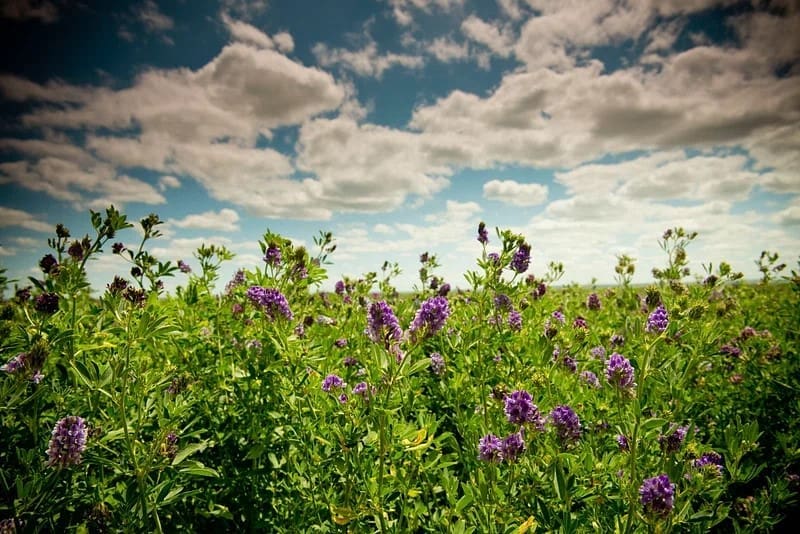Alfalfa growth in Kansas typically halts after the first hard freeze, which usually occurs around October 15 but can vary between October 1 and November 1. It’s crucial to make weather-based decisions regarding the timing of the last two cuttings, as these affect winter survival and productivity for the next year. According to Farm Talk, the final cutting should prioritize expected crown regrowth rather than bloom stage, aiming for 8 to 12 inches of foliage before the first frost to allow root reserves to replenish.
The second-to-last cutting should ideally happen in early September. As temperatures drop, timely hay drying becomes challenging; premature baling can lead to heat damage and mold. Adequate carbohydrate storage in alfalfa roots is essential for winter survival, and insufficient reserves can lead to slower spring growth and potential stand loss. The final cut should occur right after the first freeze before leaf drop.
Now is also a good time for soil sampling in alfalfa fields to assess nutrient levels and ensure proper fertility management for spring growth. Key tests include pH, phosphorus, potassium, sulfur, and boron, with potassium being particularly important for winter survival.













